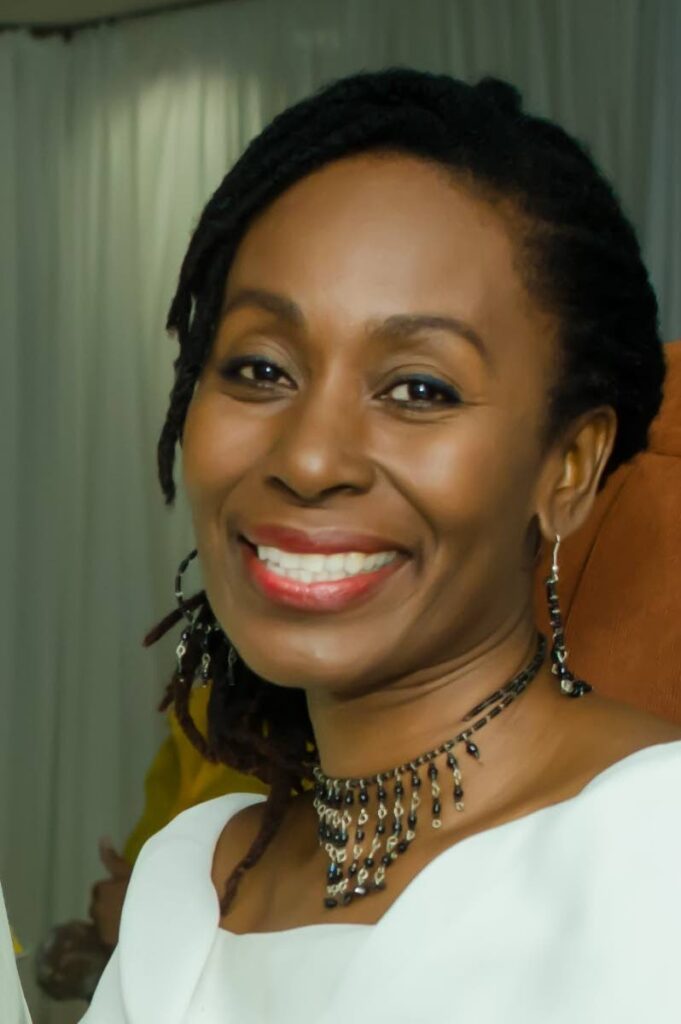Why we should protect Trinidad and Tobago sign language

Culture Matters
Dara E Healy
The widespread tendency to treat deafness as a disability overlooks the fact that sign languages are natural languages, with the same structural complexity and expressive potential as spoken languages. Deaf communities are linguistic minorities with rich cultures, and they have the same rights as other linguistic minorities.
– Markku Jokinen, president of the European Union of the Deaf
TODAY’S commemoration of International Day of Sign Languages again highlights calls by the deaf community in TT for greater visibility and equity. Ian Dhanoolal, president of DEAF (Deaf Empowerment and Advancement Foundation), spoke passionately about the need for the Government to provide sign language interpreting skills at key social services such as hospitals, courts and financial institutions.
There is also another, important conversation about the preservation of the sign languages used by deaf people here and in the Caribbean. As we aim for more inclusiveness in society, how important is it to be concerned about preserving our local sign language? Will focusing on this make a difference in the lives of deaf people in TT?
Language is key to defining and protecting one’s identity, offering a sense of belonging and developing community resilience. For instance, in TT patois was once the accepted language of the people. A combination of African, indigenous languages and French, it offered enslaved people a degree of protection. Later, patois became a unifying force amongst grassroots people as they battled the inequities of colonialism.
Sadly, negative attitudes founded in class and colour prejudice forced patois underground. I recently discovered that this negative view of the language is still held in certain, upwardly mobile settings.
We know that local languages should be respected for their ability to unify and support the development of communities. A common language also strengthens advocacy for improvement in services, education and other requirements for a better quality of life.
The World Federation of the Deaf estimates that there are over 70 million deaf people around the world. Together they speak more than 300 different forms of sign language. More than 80 per cent of people who use sign language live in developing societies.
In TT, our style of sign language evolved in the 1940s when the first school for the deaf opened. American sign language or ASL was popularised in the 1970s through the influence of missionaries and educators who were trained in this method. Although TTSL or TT sign language is widespread, it appears that ASL is the more officially acceptable version of communication. Sadly, yet another story of a local language having to struggle for its rightful place.
Globally, advocates prefer to focus on the human rights of deaf people, rather than treating with their concerns from a medical perspective. Imagine as a deaf person you have an emergency and need to go to the hospital. Or there is a problem with accessing your funds and a visit to the bank is essential.
As Qushiba La Fleur, head of the We Care Deaf Support Network, points out, in the absence of state-trained officials at these key social services, those who can afford it resort to paying an interpreter to accompany them to conduct necessary business.
Understandably, governments need to determine the best way to allocate limited resources, financial and otherwise. However, our current approach is not sustainable, for deaf people or the wider community.
In Jamaica, the Association for the Deaf is pushing ahead with innovations such as a virtual learning platform, as well as the development of a grammar curriculum for the deaf. Several years ago, the British Life and Deaf Association involved celebrities in a campaign to reduce barriers by introducing sign language to the public through short videos on public transport.
The UN Convention on the Rights of Persons with Disabilities encourages governments to elevate sign language to equal status of other spoken languages. Increasingly, parliaments across the world are doing just that. In May of this year, the South African National Assembly voted to include South African sign language (SASL) as an official language.
Such steps are not just symbolic. They go a long way towards elevating the rights of the deaf and wider disabled community. This is critical when dealing with other issues such as violence against disabled children, lack of societal integration and limited opportunities for advancement.
So yes, we should preserve and protect our local sign language. But this is only one step towards achieving true equity for the deaf in our country.
Dara E Healy is a performance artist and founder of the Indigenous Creative Arts Network – ICAN

Comments
"Why we should protect Trinidad and Tobago sign language"